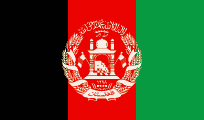Petrochemicals Prices in Afghanistan
Commercial obligations in Afghanistan, Law on Cooperatives, Enterprises and Banks. The Middle East is one of the most important hubs in the petrochemical industry. Total value of Afghanistan's mines is equivalent to 1.5 trillion dollars. Petrochemical polymers and plastics offer a wide range of properties and can be tailored to meet specific requirements
Add your import and export orders to this list
Warning: Undefined variable $formTitle in /home/anbar/domains/anbar.asia/anbar/inc/html/desktop/orderform.php on line 10
Warning: Undefined variable $marketName in /home/anbar/domains/anbar.asia/anbar/inc/html/desktop/orderform.php on line 12
Warning: Undefined variable $location in /home/anbar/domains/anbar.asia/anbar/inc/html/desktop/orderform.php on line 12
If you want to trade in the , please join in Anbar Asia. Your order will be shown here, so the traders of contact you

Afghanistan has natural gas, oil, coal, marble, gold, copper, chromite, talc, barite, sulfur, lead, zinc, iron ore, salt, precious and semi-precious stones. our petrochemical industry has many phases of production of crude oil products. Afghanistan is an agricultural country with a high livestock capacity. Petrochemical products serve as vital raw materials for numerous industries
- Afghanistan Ethylene Market
- Afghanistan Polybutadiene Market
- Afghanistan Nylon Market
- Afghanistan resin Market
- Afghanistan Styrene Butadiene Rubber Market
- Afghanistan Acrylonitrile Butadiene Styrene Market
- Afghanistan Polypropylene Market
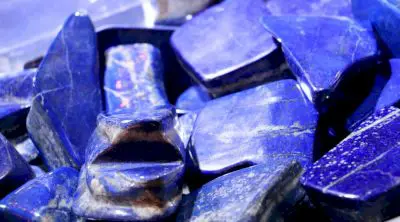
The original locality for lapis lazuli is the Sar-e-Sang deposit in Afghanistan's remote Badakhshan district. In the Achaemenid period, azure was called "Kabutkeh". In the Sassanid period, azure was consumed a lot. The roof of Ctesiphon, as well as various sculptures, is made of azure; it is possible that they used azurite instead of azure in making these works.
Read More ...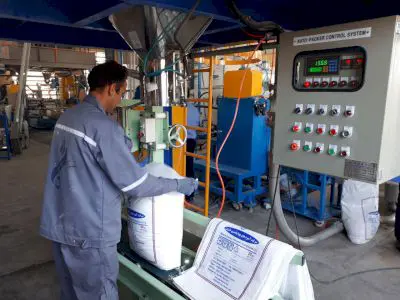
Therefore, with a closer look at this issue, it can be understood that the production of polymers and granules in our petrochemical is very important. Currently, the largest imports of petrochemical industries are in the form of granules, because these products are not found naturally and must be produced.
Read More ...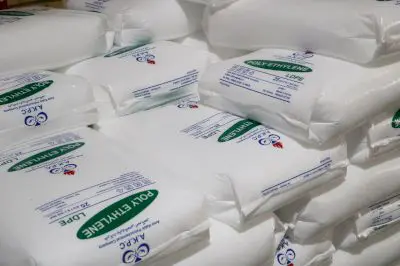
Polypropylene has been able to replace engineering polymers and even metal parts in industrial applications due to its easy acceptance of high amounts of various fillers and reinforcements, and as a result, a wide market has been opened for it. In addition, alloying with other polymers has diversified the grades and applications of this polymer. polypropylene is used in:
Read More ...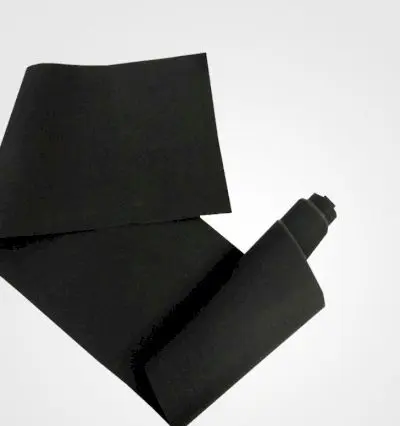
In general, the presence of the following properties makes styrene butadiene rubber superior to other similar materials.
Read More ...
In 2010, US Pentagon officials, along with US geologists, uncovered approximately $ 1 trillion in untapped mineral reserves in Afghanistan. A Pentagon note says Afghanistan could become Saudi Arabia's lithium. Some believe that intact minerals are worth up to $ 3 trillion.
Read More ... Group’s first entry into the Oil & Gas industry began in 1996 by importing diesel and petrol into Afghanistan from neighboring countries. The oil & gas sector in Afghanistan is rapidly changing. With the Amu Darya Basin in production, Afghanistan is an oil producing nation again. Ghazanfar Investment, Dragon Oil Afghanistan Limited and Turkish Petroleum Afghanistan Limited, form the consortium that holds Afghanistan’s first commercial Exploration and Production Sharing Contract in the Afghan-Tajik Basin. We are committed to supporting the development of Afghanistan’s energy sector. Groups' technologies have helped keep pace with the rising Afghanistan demand by making more energy supplies available, while also reducing the environmental footprint of energy development and supply .
Read More ...
Traffic jam and crowds are seen near Kabul's airport in Afghanistan August 16, 2021. LONDON, Aug 23 (Reuters) - Iran resumed fuel exports to Afghanistan a few days ago following a request from the new Afghan government, which feels empowered by the U. The Sunni Muslim group seized power in Afghanistan last week as the United States and its allies withdrew troops after a 20-year war. The price of gasoline in Afghanistan reached $900 per tonne as many Afghans drove out of cities, fearing reprisals and a return to a harsh version of Islamic law the Taliban imposed when in power two decades ago. As a result, the Islamic Republic of Iran Customs Administration (IRICA), which is a part of the government, lifted a ban on fuel exports to Afghanistan, which had been in place since Aug. He also cited the Taliban's decision to cut tariffs on imports of fuel from Iran and other neighbouring countries and shared with Reuters an official document issued by Islamic Emirate of Afghanistan - the name by which the Taliban refers to itself. The document specified a 70% discount on tariffs on imports of gasoline, diesel and LPG from the neighbouring countries to Afghanistan. Iran has nevertheless managed some trade, notably by trucking fuel to neighbours such as Afghanistan, and the U. troop withdrawal has made leaders of both Iran and Afghanistan less nervous about dealing more openly, Hosseini said. The main Iranian exports to Afghanistan are gasoline and gasoil. Iranian fuel flows have been vital to Afghanistan in the last few years, according to traders and an Afghan government report, seen by Reuters. A source with direct knowledge of the matter, who asked not to be named, said more than 1 million tonnes per year, or over 20,000 barrels per day, of Iranian fuel goes to Afghanistan. Iran can easily double its trade with Afghanistan. Afghanistan has not developed an oil industry of its own.
Read More ...
In Afghanistan after minor development in 2001 on business and industries, there have been more challenges and risks due to vulnerable environment and lack of Political uncertainties, economic instability, raw material poor and new technology are seen as challenges for most of industries in Afghanistan. ’ The purpose of this article is to highlight Petrochemical Industry of Afghanistan and its associated supply chain risks. Petrochemical industry in Afghanistan like all other industries is immature but it still manages a market share of 80% for plastic and rubber products, packaging for food and beverages, PVC pipes, PET containers and plastics flooring, the remaining demand for petrochemical products is fulfilled by imported goods from foreign markets and suppliers. According to Afghanistan Investment Support Agency (AISA), there is potential of consuming around 65 million tons of petrochemical products per year. On the other hand, Afghanistan has a vulnerable market due to insecurity, corruption, unstable economic and bad business climate. Environment: Government legislation and global trends for making a better environment and green supply chain limits the operation of petrochemical industry in Afghanistan. Political Uncertainties: According to Global Knowledge Risk Assessment, Afghanistan lies among one of most risky countries with a grade of D, representing a high risk for companies. The challenges mentioned above are few of many challenges in the way to improving Petrochemical Industry of Afghanistan.
Read More ...
Photo: Geir Ytreland Afghanistan's Ministry of Mines (Ministry of Mines of the Islamic Republic of Afghanistan (MoM)) has initiated a bidding round "for the award of exploration and production sharing contracts for hydrocarbon operations" in the northern part of the country. The hydrocarbon potential in northern Afghanistan has been evaluated by the U. Angot is also the only oil field to have been in sustained production in Afghanistan, according to the Ministry. "The Amy Daria Basin is a large geological province (57,000 km2 in Afghanistan alone, the equivalent of approximately 10 North Sea Quadrants or more than 2000 US Gulf of Mexico blocks), with several prolific petroleum producing areas and many recent world class gas discoveries in adjacent Turkmenistan and Uzbekistan," says Geir Ytreland. Ytreland, a consultant who is engaged by NORAD, is presently conducting a marketing campaign on behalf of the Afghanistan government to promote the 3 blocks. NORAD (through "Oil for Development) is assisting Afghanistan with Institutional programme and expert assistance on legal framework, fiscal terms, environmental management, and support to the Ministry for tendering oil and gas blocks. According to Ytreland, who has visited the country more than ten times, the Afghanistan part of this huge basin is seriously underexplored despite 27 years of exploration between 1957 and 1984.
Read More ...
https://www.reuters.com/world/middle-east/iran-resumes-fuel-exports-afghanistan-after-taliban-request-union-says-2021-08-23/
https://www.ghazanfargroup.com/oil-and-gas.php?lang=en

